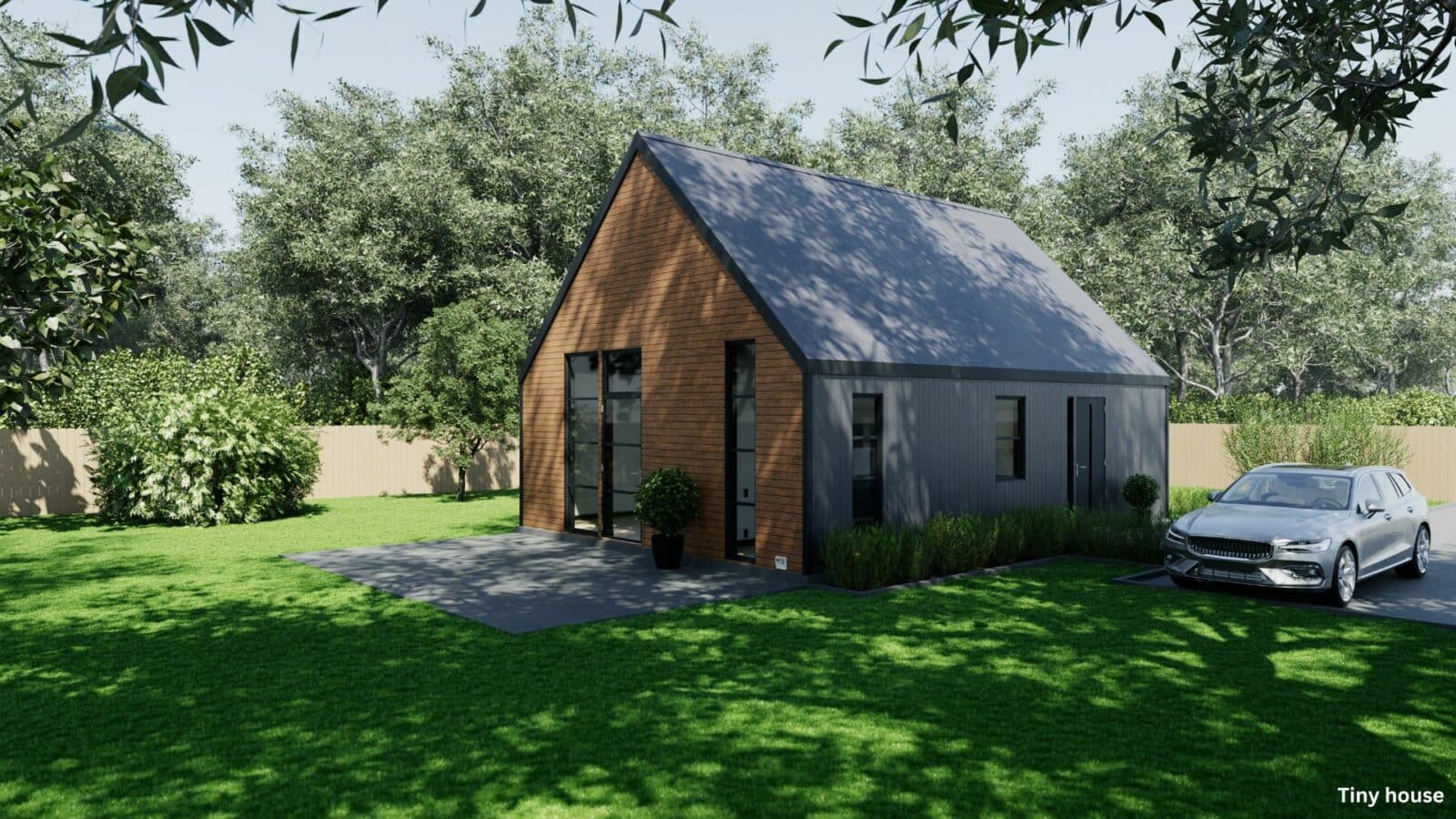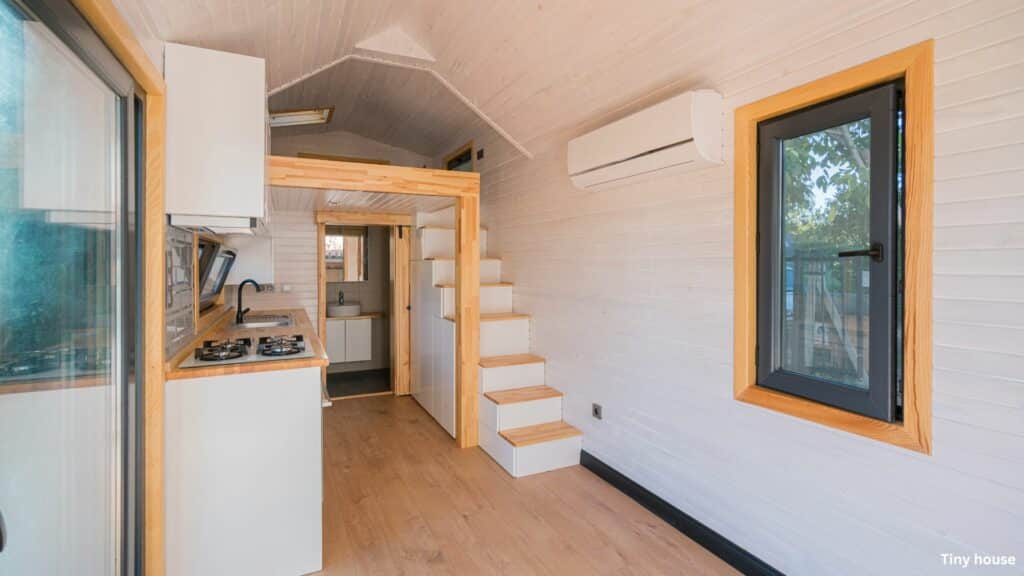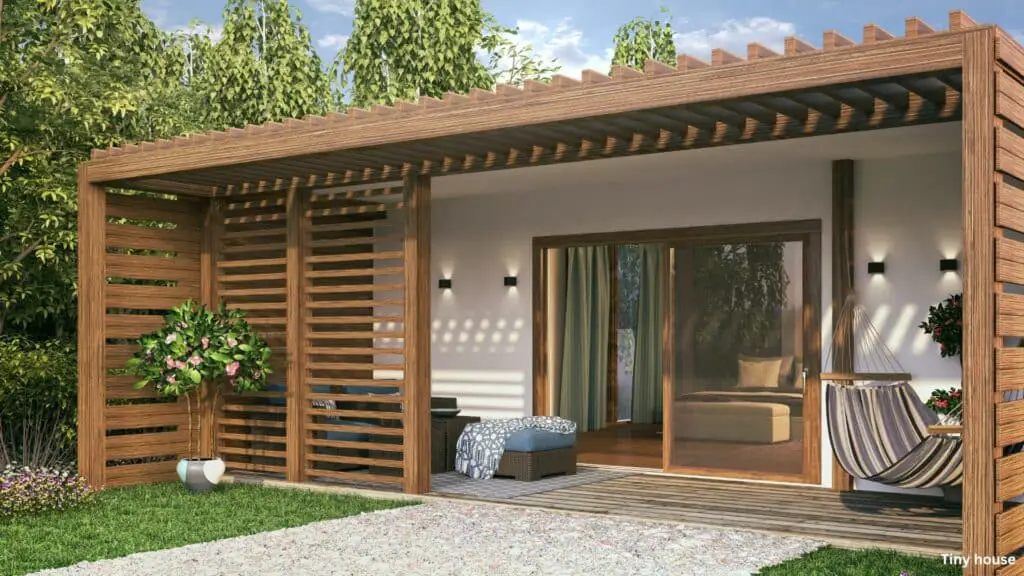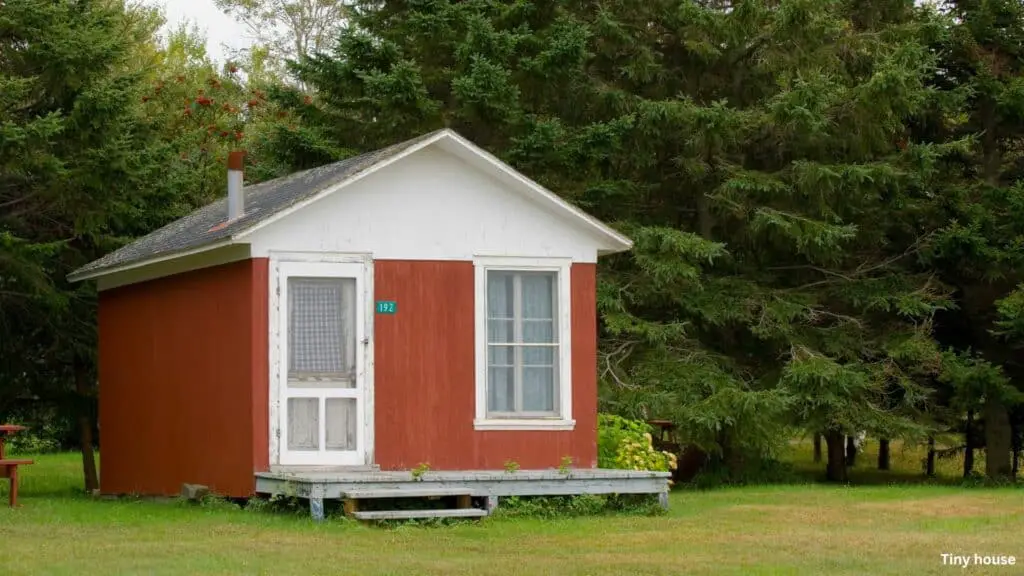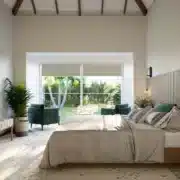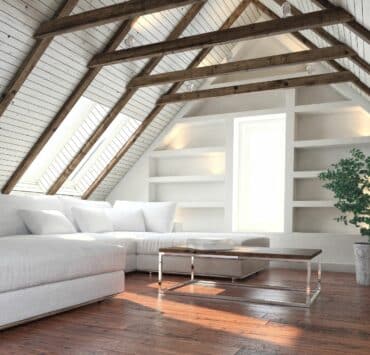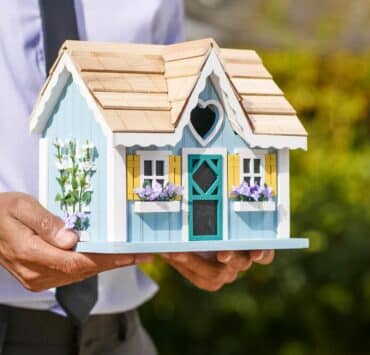Tiny house living offers a unique approach to homeownership, emphasizing simplicity, cost efficiency, and a minimalistic lifestyle. This trend is increasingly popular among those seeking to downsize their living space and reduce their ecological footprint.
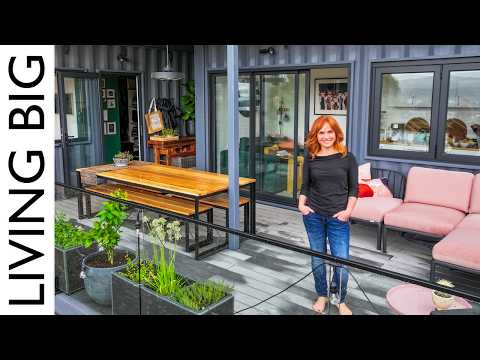
As the tiny house movement evolves, it adapts to the demands for more sustainable and innovative housing solutions.
Tiny House Kits for Sale
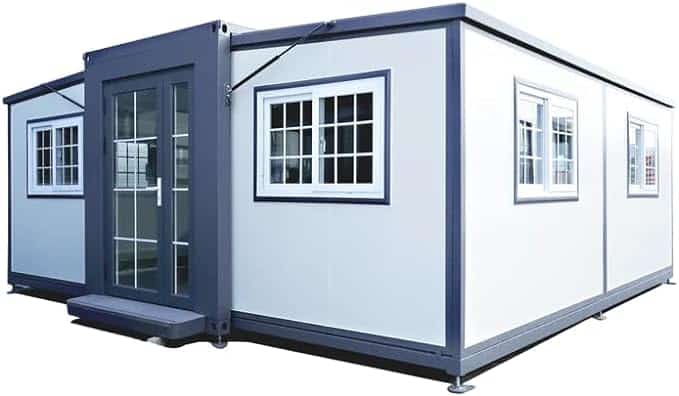
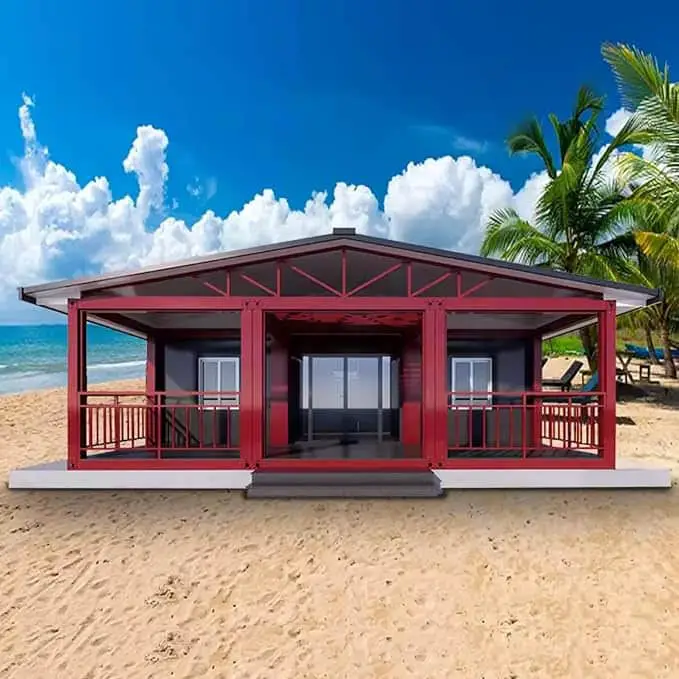
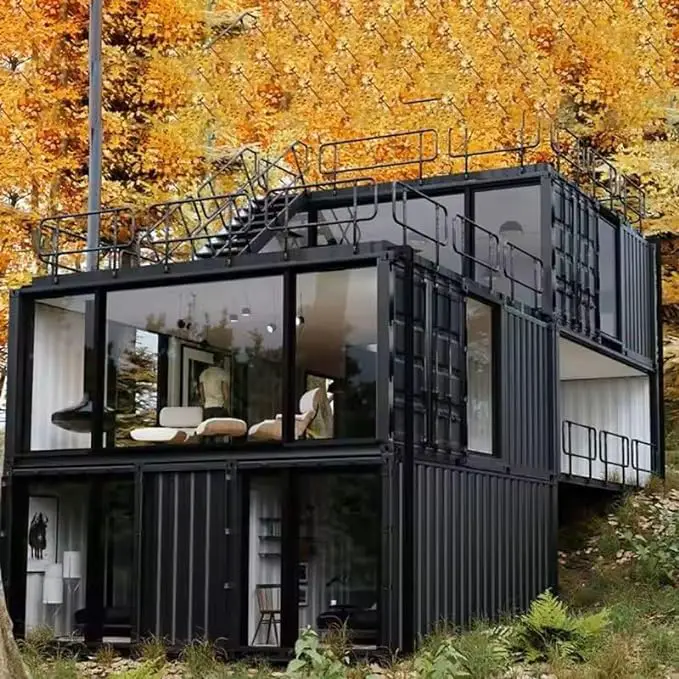
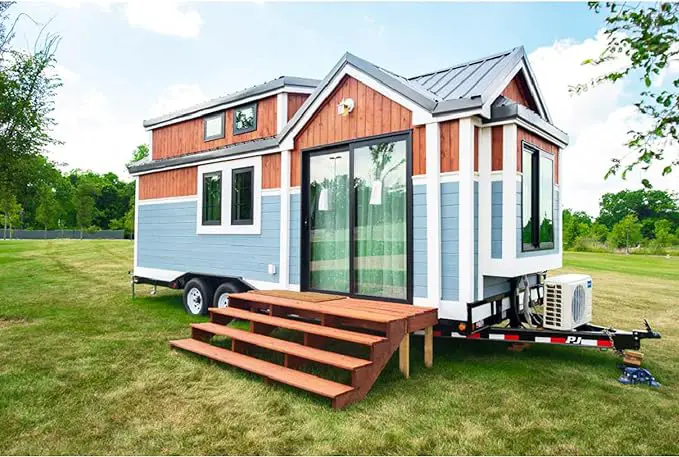
Tiny Home Design Ideas







Key Features and Trends in Tiny House Living
Tiny homes are typically between 100 to 400 square feet, providing a cozy yet functional living space that promotes a simpler lifestyle. Recent trends have focused on sustainability, with an increase in eco-friendly materials like bamboo and recycled metals.
Here are some of the key benefits of tiny house living:
- Affordability: Tiny homes are generally less expensive to purchase or build than traditional houses.
- Reduced Expenses: Lower utility bills, minimal maintenance costs, and often no mortgage.
- Eco-Friendly: Smaller spaces consume less energy and encourage a simpler lifestyle with less consumption.
- Mobility: Many tiny houses are built on trailers, allowing owners to change locations as desired.
- Community: Tiny house communities often offer a close-knit sense of camaraderie and shared values.
- Simplicity: Living in a smaller space encourages decluttering and focusing on what truly matters.
- Design Freedom: Owners can often afford to customize their tiny homes with high-quality materials and designs.
- Reduced Carbon Footprint: Smaller homes mean less use of natural resources and less waste.
- Financial Freedom: Less financial burden allows for more money to be spent on travel, hobbies, and experiences.
- Quick Construction: Tiny homes can be built much faster than traditional homes.
Innovations such as multifunctional furniture and off-grid capabilities cater to a diverse range of needs, from those wanting mobile homes to others preferring a fixed, eco-conscious dwelling.
Financial and Lifestyle Benefits
One of the most compelling aspects of tiny house living is its affordability. The average cost of a tiny home is significantly lower than traditional housing, making homeownership accessible without the burden of a large mortgage.
Additionally, many tiny homeowners enjoy lower utility costs and reduced living expenses. This financial freedom allows for a higher savings rate and less debt compared to the average American.
Challenges and Considerations
Despite the appealing aspects, tiny living comes with its challenges. Limited space can demand significant lifestyle adjustments, such as minimalism and strategic storage solutions.
Additionally, zoning laws and the physical logistics of placing or moving a tiny house can pose challenges. Potential owners should consider their long-term needs and the practicality of small-space living before making the transition.
Frequently Asked Questions About Tiny House Living
What are 5 disadvantages of living in a tiny house?
- Limited Space: Adjusting to a smaller living area can be challenging, especially for families or those accustomed to larger homes.
- Zoning and Legal Issues: Finding a legal place to park or build a tiny house can be complicated due to varying local regulations.
- Lack of Privacy: Close quarters can make privacy a rare commodity in tiny homes.
- Storage Challenges: With minimal space, storage for belongings and everyday items requires creativity and discipline.
- Climate Control: Managing temperature and humidity in such a small space can be difficult, making ventilation crucial to prevent issues like mold.
How many years do tiny homes last?
Tiny homes, when built well, can last as long as traditional homes, typically around 20 to 50 years, depending on maintenance and construction quality.
What is the tiny house design movement?
The tiny house design movement is a trend towards building and living in small, efficiently designed homes that often emphasize eco-friendly practices and minimalist living.
What is the philosophy of tiny homes?
The philosophy behind tiny homes centers on simplifying life, reducing environmental impact, and enhancing financial freedom by living within a smaller, more manageable space.
How do you style a tiny house?
Styling a tiny house involves maximizing space with multifunctional furniture and clever storage solutions, using light colors to enhance the sense of space, and incorporating personal touches that reflect the owner’s style without cluttering the area.
What is the largest tiny home size?
Typically, a structure is considered a tiny home if it is under 400 square feet. However, the largest tiny homes can approach 500 square feet, especially those designed to accommodate families or additional features.
Are people happier in tiny houses?
Many tiny house residents report higher satisfaction due to lower financial burdens and a closer connection to their community and environment. The simplicity can lead to a more content, purposeful way of living.
Is it smart to live in a small house?
Living in a small house can be a smart choice for those looking to reduce their living expenses and environmental impact. It encourages a simpler lifestyle and can free up resources and time for other pursuits.
Is living in a small house stressful?
The stress levels associated with living in a small house vary by individual. While some may find the reduced upkeep and lower costs liberating, others may struggle with the limited space and lifestyle adjustments.
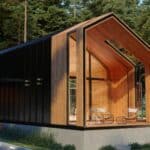
Tiny house living is more than just a way to save on bills—it’s about choosing a simpler, more sustainable way of life. It’s got lots going for it, but living small isn’t without its hurdles. If you’re thinking about going tiny, it’s smart to weigh all the ups and downs and think about what you really need from your home in the long run.
This movement isn’t just a fad; it’s part of a bigger push towards minimalism and being kinder to our planet. As more people embrace tiny homes, it’s shaping up to be a solid option for those looking to live more sustainably and affordably.
Related posts:
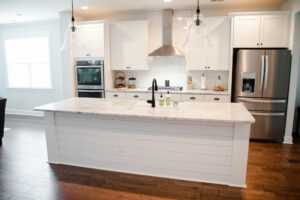 Here’s How to Shiplap a Kitchen Island
Here’s How to Shiplap a Kitchen Island
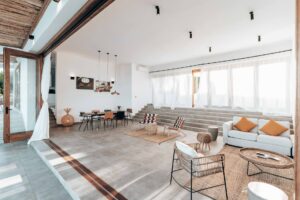 The Pros And Cons Of Open Floor Plans And How To Decide If It’s Right For Your Home
The Pros And Cons Of Open Floor Plans And How To Decide If It’s Right For Your Home
 Home Ventilation System And Air Quality in Home Renovation Projects
Home Ventilation System And Air Quality in Home Renovation Projects
 Small Bathroom Accent Wall Ideas: Transform Your Space
Small Bathroom Accent Wall Ideas: Transform Your Space
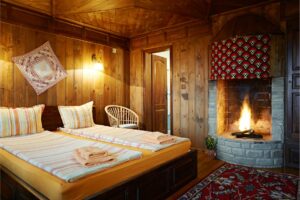 Fireplace in Master Bedroom: 10 Ideas to Add Warmth and Style
Fireplace in Master Bedroom: 10 Ideas to Add Warmth and Style
